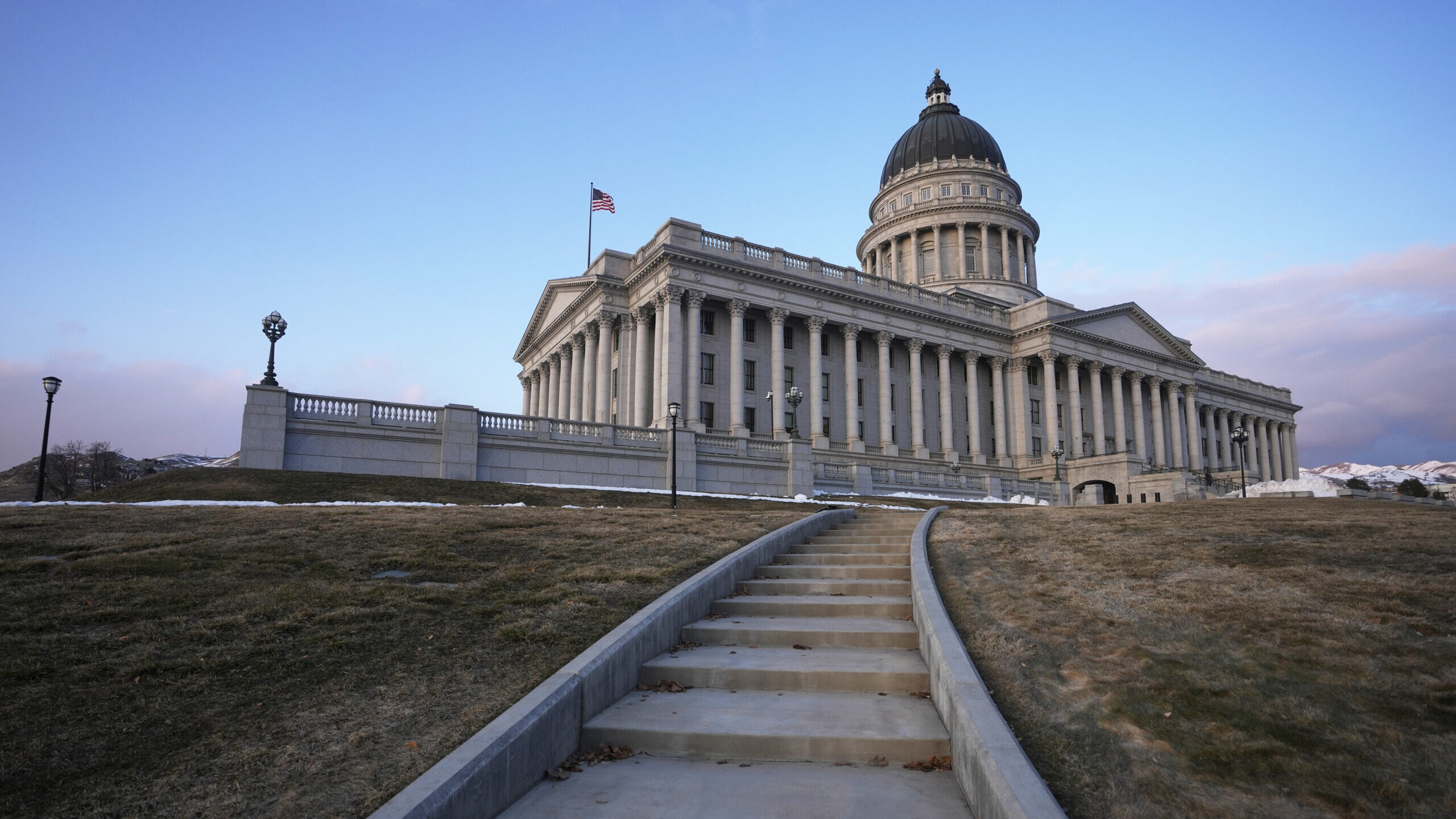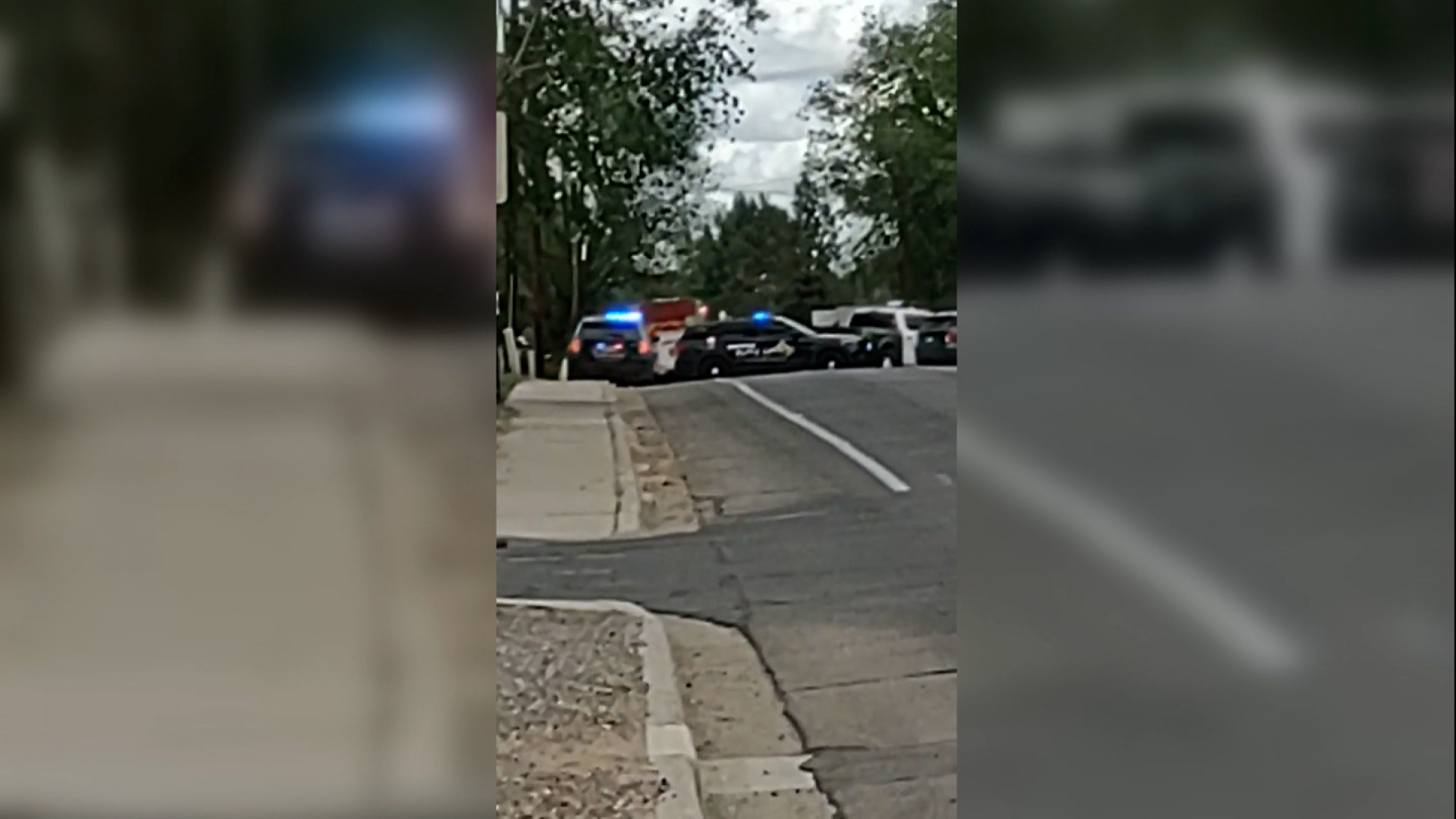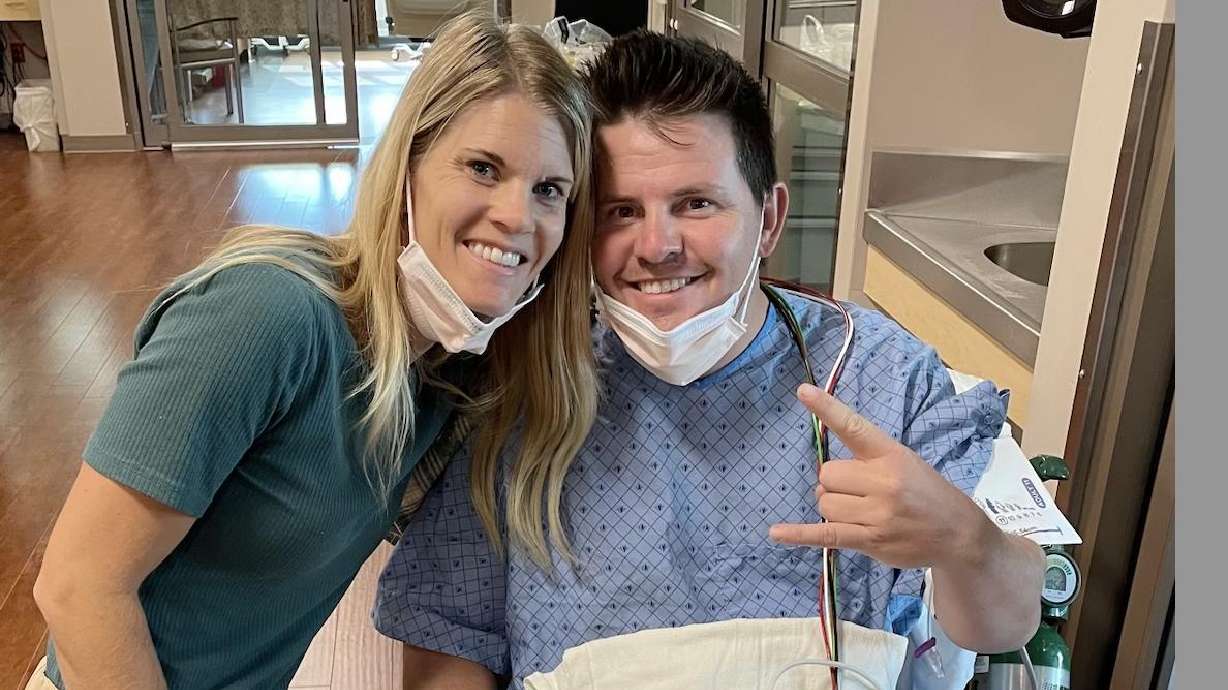How to write an article in WordPress

Training document for KSL NewsRadio employees. (Kira Hoffelmeyer/KSL NewsRadio)
(Kira Hoffelmeyer/KSL NewsRadio)
Let’s get to know the platform KSL NewsRadio uses to publish on KSLNewsRadio.com.
Getting started
First, you’ll need a login to the back page of WordPress. If you don’t have one, Kira Hoffelmeyer or Becky Bruce can help you out.
Your login credentials will be your KSL company email. Kira or Becky will preset a password for you that you must change. If you forget it, you can always get it reset.
Here’s the first page you will see is the dashboard. Color and setup will vary based on user preferences.
How to start an article
To start a new article, you’ll need to drop down the “Posts” menu on the left.
From there, hit add new. This is what you’ll get.
Now go ahead and write with the goal of getting down at least 300 words for SEO optimization.
Other things to add
Subheadings
In longer stories, you can make your article more easily found when someone searches by using SEO. One of the easiest ways to do that is by adding subheadings.
Heading 2 is the best option for SEO purposes.
Add some hyperlinks
If you don’t know what hyperlinks are, they’re when this happens. (If you click that, Wikipedia will tell you what a hyperlink literally is.)
All you have to do is highlight a word or phrase you want to link… and then either hit the hyperlink function or hit Ctrl K (PC) or ⌘K (Mac).
Then you just copy the URL you’re linking to in the space and hit the enter button.
Select a featured photo
On the right side of your article, there should be a field titled “Featured image.”
Select that, and search for a photo.
Add alt text for SEO optimization and a detailed caption with a photo credit.
Adding a featured photo
If you have a photo that you want to upload to WordPress, follow the video below.
Adding photos to your article
You can also embed photos inside your article with a similar approach.
Choosing photos
In food, you eat with your eyes first, and when it comes to information on the internet, the same is true.
]In many ways, a good photo is more important than an attention-grabbing headline when a person is scrolling through their social media feeds. So pick and take good and thoughtful images that convey what the story is about.
We need to ensure that all of our images are properly sourced and attributed. We don’t want to be stealing anyone’s intellectual property.
When searching for images that are safe to use, consider KSL.com, KSLTV.com, Deseret.com, AP, CNN, and Getty Images.
Do *NOT* use Creative Commons images.
If you aren’t sure, ask. Make sure if you’re pulling images from any one of our news partners, you check the usage guides on AP and CNN, as well as on KSL.com and KSLTV.com. We have a great collection of images to use already uploaded to WordPress, you can also search there as well.
If you are searching our own site for a file photo to use and it DOES NOT include information about who took it, who’s in it, where it is and when it happened, don’t use that photo.
Cropping + captioning + credits
Cropping
Once you’ve selected your image, click “edit image,” then “crop.”
You’ll want to crop the image to the dimension ratio 16:9, then click “crop” again to save the adjustment. This ensures the photos all show up appropriately on the front page.
Captioning
Include identities of people in the photo, if known. If not, write “unidentified.”
Example: John Smith arrives at the courthouse in downtown Mapleton on Wednesday afternoon with his daughter Amy and an unidentified person.
Include the location where the photo was taken. Example: …at the courthouse in downtown Mapleton.
Include when the photo was taken: Example: A”pril 6, 2022″, or “Wednesday afternoon.”
Give some context to the cutline. Example: Smith is facing charges of trespassing.
Always include the name of the photographer/photographer’s news agency/if necessary, file photo. Example: Photo: Sammy Smith/Boston Globe/File
Adding videos to articles
There are two ways to add videos to an article.
One: You can have a video in place of a featured image. This can happen when you add an embed code to the “featured video” portion in the backend of WordPress.
If the video is within the article, then its embed code was placed in the “text” portion of the script.
Select categories for your article
Now it’s time to pick your categories. If you don’t pick one, then it’ll be published, but it won’t show up on the homepage or be accessible by any other way than a direct link.
The first one you pick becomes your primary category. You can manually override that when you select another category. Don’t select more than 2-3 categories.
Excerpt
An excerpt is part of a storytelling package, along with your headline and photo. It should stand independently from the headline but add to it to entice readers to click on your article.
The excerpt is also something taken into consideration for SEO. Make sure to include your search phrase in the excerpt and pay attention to the length of the excerpt. It can’t be over 156 characters but needs to be over 120. Think of it like a tweet! (Well, the original tweet length.)
Bylines
If you started the article, you’re automatically the author of it. But maybe you’re writing it for someone else, or it’s an AP or CNN article. You can change the actual author (preferred) or you can put in a manual byline to override the author.
If you don’t change the author, and instead opt for the manual byline, know that someone’s title or website could still show up, even if you change the name.

It will just look a little funny to see someone from the Associated Press or CNN with KSL NewsRadio underneath their name. Instead, opt for changing the author portion to a more appropriate author, like Associated Press.
Other helpful tips
Yoast SEO is used to tell you how well optimized your article is for searching purposes and Google references. The greener the better! It also gives you a “Readability” rating. It identifies things like passive voice use, and long, complex sentences.
You can preview your article before you publish it. Near the same area where the publish button is, there’s also a preview button. It’ll show you exactly what your article will look like to a reader. It’s very helpful when you’ve embedded videos or photos within the article text.
You can also check to see if the work has been plagiarized, by hitting ‘Copyscape Check.’ There is a cost associated with this feature of WordPress. If you feel there’s a reason to run it when you are editing for somebody else, let your digital manager know and they can walk you through it.
Best practices
- Write the headline to summarize and entice people to read the news story that follows. Occasionally questions are good tools.
- Keep sentences short and concise. Write in a conversational style and strike all unnecessary words.
- Never use a large word when a diminutive one will suffice. (;P) Write like people talk! Have you ever heard someone say they responded to a forest “blaze” or called police to respond to the “incident” at their home?
- Use past tense (in contrast to how you would write on-air): “Mayor Jackie Biskupski said…” “Police arrested the man…” “The president died…”
- Quote get their own, new paragraph.
- “Because (it) has hit North America, it certainly is a risk for anyone in the states,” said Helen Dishaw, birds program manager at Tracy Aviary. “So, we’re closely monitoring where they are picking up positive cases. Right now, there are no positive cases that have been recorded in Utah.”
- Use bullet points for a list of items.
- Use headers (and even more headers) to break up chunks of copy. Heading 2 is the most SEO friendly, and the one you should default to.
- One topic per paragraph. One thought per sentence.
- Attribute sources through hyperlinks; e.g., President John Kennedy was assassinated in Dallas on Nov. 22, 1963. Check all URLs in a story to make sure they work.
- Whenever possible, intensify your writing with interactivity and visualization. Use photos, mugshots, charts, graphs, videos, quizzes, games, puzzles, Tweets, etc.
- If you think you’re not using enough white space, you’re not.
- Think mobile. Most of our website traffic is now viewed on mobile devices.
- Be specific. Are there questions people might ask about your story that you haven’t answered? Go through and answer them! Your web script is your opportunity to do some ‘splaining.
What should my story include?
- Sentence case headline (It’s Not In All Caps — please and thanks)
- Featured image
- Complete caption/cutline
- Dateline
- Quotes get new graphs
Top 10 AP Style rules you need to know
Clarity and consistency count. And that’s why news media sites just about everywhere use style guides, mainly the Associated Press Stylebook.
Rather than read the AP Stylebook cover to cover, let’s hit the Top 10 Most Important Things to Remember About AP Style.
- Titles:
- Capitalize before, not after a name.
- Not: Boyd Matheson, Opinion Editor for Deseret News, discussed the debate between…
- But: Boyd Matheson, opinion editor for Deseret News, discussed the debate between…
- And: Deseret News Opinion Editor Boyd Matheson discussed the debate between…
- Dr., Gov., Lt. Gov., Rep., the Rev. and Sen. are required before a full name when outside a direct quotation.
- Addresses:
- Abbreviate only Avenue, Boulevard and Street with street numbers:
- Example: The crash happened on Hollywood Boulevard
- But: The crash happened at 1325 S. Hollywood Blvd. (Always abbreviate south, north, west and east in addresses).
- Also: All similar words (alley, drive, road, terrace, etc.) always are spelled out.
- Dates, months and years:
- Abbreviate only Jan., Feb., Aug., Sept., Oct., Nov. and Dec. Spell out when using alone or with a year alone.
- Example:
- Aug. 12, 1983
- Aug. 12
- August 1983
- the 1960s, the 1800s, the 18th century
- Abbreviations for US states:
- Spell out the names of the two states that are not part of the contiguous United States (Alaska, Hawaii) and of the continental states that are five letters or fewer (Idaho, Iowa, Maine, Ohio, Texas and Utah).
- Don’t use postal codes for states, such as UT for Utah
- Avoid abbreviations for academic degrees
- Example: Becky Bruce, who has a doctorate degree in Advanced Dog Care, said…. (Not Ph.D.)
- Use an apostrophe in bachelor’s degree, master’s, etc., but no possessive in Bachelor of Arts or Master of Science.
- Numbers:
- In general, spell out one through nine:
- Colby Walker finished second in the footrace. Simone Seikaly has nine months until graduation.
- Always use figures for distances:
- Saige Miller walked 4 miles.
- But for ages spell out: The law is 8 years old. The woman, 26, has a 2 month-old daughter. The race is for 3-year-olds.
- Dimension use figures and spell out inches, feet, yards, etc., to indicate depth, height, length and width
- The rug is 9 feet by 12 feet, the 9-by-12 rug. The storm left 5 inches of snow. Rudy Gobert is the 7-foot-1-inch Jazz center.
- In general, spell out one through nine:
- Capitalization:
- Associated Press is downstyle so in general, avoid unnecessary capitals.
- “After the rally in Florida, the President boarded Air Force One for the flight back to Washington, D.C.”
- Southern California, but eastern Utah, Western states, I just read a Western.
- But: The Democratic and Republican parties.
- And: Main and State streets, lakes Erie and Ontario.
- But: Presidents Barack Obama and Bill Clinton
- DATELINES
- Always capitalize. The AP Stylebook lists 30 U.S. cities that do not need to be followed by the name of a state — SALT LAKE CITY — is one of them. Check out the national and international datelines that stand alone here. Otherwise capital the city, lowercase and abbreviate if needed the state you are writing from: KANSAS CITY, Mo., or KANSAS CITY, Kan.
- Suspect (No one can say I didn’t try)
- Even if police say the word “suspect,” don’t substitute “suspect” for the actual unidentified and unnamed perpetrator.
- Wrong: Police say the suspect robbed the family at gunpoint.
- Right: Police say the thief robbed the family at gunpoint.
- But: Police arrested the suspect early the next morning.
- Not: Police arrested the thief early the next morning.
- Police are not going to change the way they speak, but journalists have a duty to tell the best version of the truth. And that means not confusing these two very different words.
- Percent (and percentage point)
- AP says it’s now OK to use the “%” sign and not spell it out when paired with a number, which is a change that happened in 2019.
- Example: Biden won the election by 15% of the popular vote. But in casual use: Trump has zero percent chance of being a polite person. An increase from 20% to 26% is an increase of 6 percentage points, but it’s not a 6% increase. It’s a 30% increase.
- And please remember a pumpkin and a jack-o’-lantern are not synonymous























